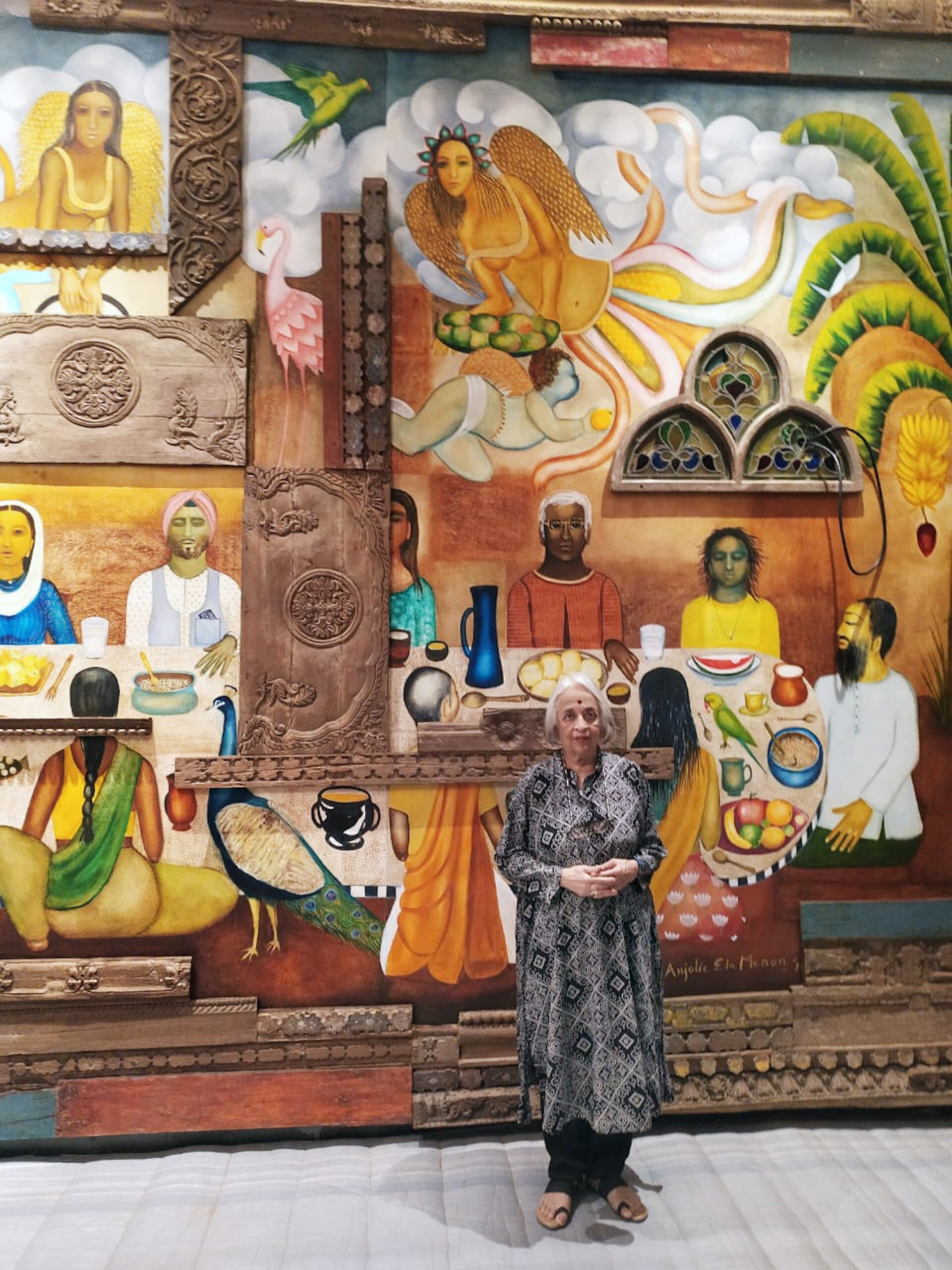MEET CHELSEA MANNING, WHOSE DNA IS MADE INTO A WORK OF ART
ASHISH SHARMA
After being in prison for seven years for disclosing sensitive military documents to WikiLeaks, Manning is back with the artist Heather Dewey-Hagborg for a collaborative show called “A Becoming Resemblance” made from the DNA of Manning.

Chelsea, 29, is a former US army soldier who was born as Bradley Edward Manning, was sentenced to 35 years of confinement in August 2013 for the violation of the Espionage Act and disclosing secret military data to WikiLeaks. She was released in May 2017 after former President Barack Obama commuted most of the remnant of her sentence. In 2013, Ms. Manning was diagnosed with gender dysphoria and came out as a trans woman after the day she was sentenced, stating that she had a female gender identity since childhood and wanted to be recognised as Chelsea, and subsequently appealed for hormone therapy. Manning became the first person to receive hormone replacement therapy in a military prison.
She was contacted by the artist Heather Dewey-Hagborg, while behind bars. Ms. Dewey-Hagborg who is well known for her project Strange Visions which featured a series of 3D portraits, created of DNA found from discarded items, like chewing gum, hair strands and cigarettes. The artist cum bio-hacker used a face generating software and a 3D printer to render the 3D portraits, while also determining the gender, ethnicity and other factors. Working with Manning began when the Paper magazine reached the artist to ask if she could make an image to accompany a feature profile of Manning, and so in 2015, Ms. Manning mailed her hair clippings and a Q-tip of saliva from the prison in Fort Leavenworth, Kansas.
The project turned out to be a show called “A Becoming Resemblance” at the Fridman Gallery, New York, that opens on August 2. It will display 30 computer generated 3D printed portraits, entitled “Probably Chelsea” showing the variety of faces that could be derived from the DNA of Ms. Chelsea. Hence, the portraits shows different eye colour or skin tone, some seem more masculine while in others more feminine in some of the depictions.
For her earlier projects, Ms. DeweyHagborg relied on chromosomes to predict if the subject is male or female, but for Chelsea; “there were two options that I thought of,” she explains. “I could leave the sex parameter out entirely. There really wasn’t any reason to deem it worthy of analyzing. Or we could go with self-identified gender over genetic sex.” Therefore she created two definite “Portrait Masks” of Manning, one that was “algorithmically gender neutral” and one “algorithmically female,” which she placed side by side. The two versions were created using morphable models that can be adjusted to look “more male,” “neutral,” or “more female” – generalized from 3D scans of people’s actual faces. But to decide the aesthetics of one’s morphology relating to biological chromosomes seems confusing as she told the Paper Magazine, “Things like gender and race become problematic because they rely on very simplistic kinds of stereotypes”.
Read More>> Please Subscribe our Physical Magazine


